#designed infrastructure
Explore tagged Tumblr posts
Text
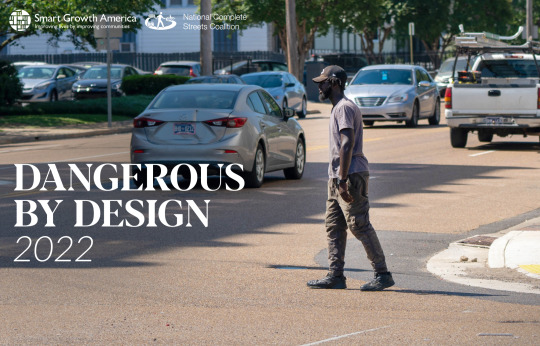
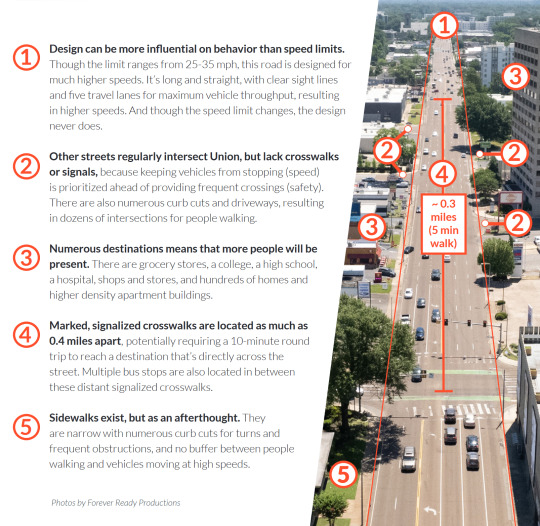





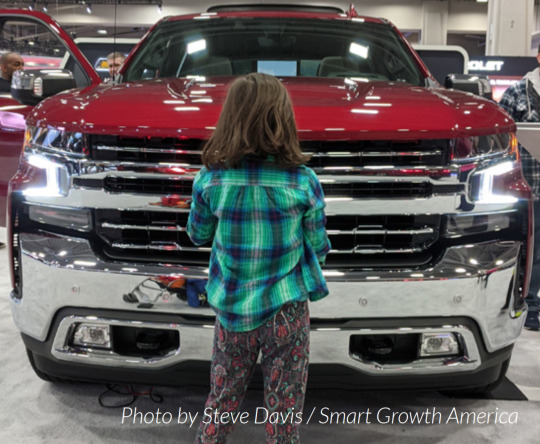

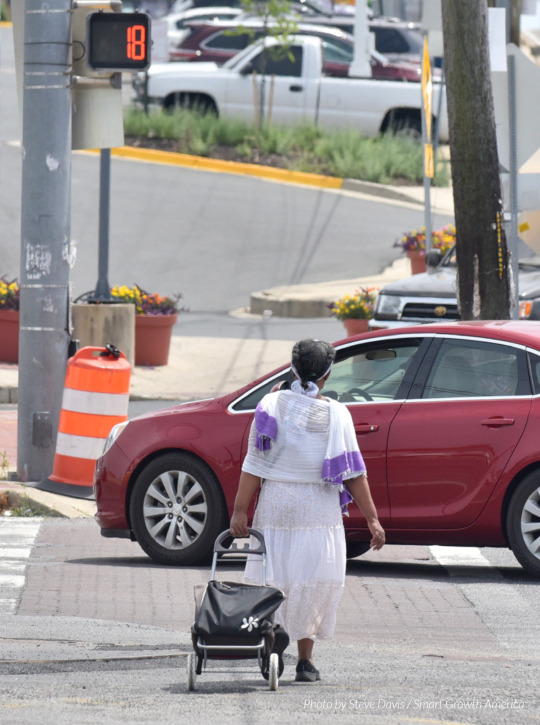
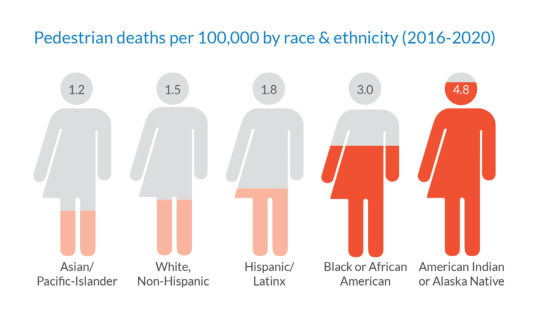

America's Roads: Dangerous by Design
#the link leads to the pdf that i got all these pics + graphics from#very interesting and informative and written in very clear and easy to understand language#please read please reblog this is something im passionate about#mine#pedestrian safety#car centric infrastructure#walkable cities#urbanism#public transportation#urban design
3K notes
·
View notes
Text

#book cover#cover design#architecture#infrastructure#Carlotta Darò#telecommunications#technology#electricity#power#Carlotta Daro
104 notes
·
View notes
Photo

"Kawazu Nanadaru Loop Bridge" ~ Shizuoka, Japan by Unknown ⟲ Circular road loops seven stories above forest floor
70 notes
·
View notes
Text

The whole intent and dialogue around that statue in Times Square that pisses people off for being so radically average (Grounded in Stars) is so relevant to how I see Electra. Electric trains are just so invisible and never given serious media attention in the Anglosphere for how much they quietly keep society running and are genuinely superhero-tier stat-wise compared to any other trains (the environmental angle woefully undersells them they are OP in general).
Anyways, the more people go out of their way to make Electra anything but a regular electric train (which are SO rare in English-language fictional media) to villainize them, the more I make Electra a radically average fat middle aged commuter train with realistic “stuck in the 70s-80s” aesthetics. Because it makes you question everything and long for revisionist Train Wicked, because media misrepresenting and erasing electric trains for so long is such a silent but influential problem in the Anglosphere and has FASCINATING implications. The fact that people bend over backwards to praise steam engines for less than mediocrity but scream at electric trains for anything less than perfection (and ignore them otherwise) is telling and could be made so meaningful.
Anyways, flounce on New Jersey Transit Electra. Her hair is made of those coiled wires like on telephones. I may spin her into an OC because NJT is all electro-diesel bimodal engines and she really does feel like a midpoint between Electra and Greaseball lol
#stex#starlight express#my art#still would be competitive with Greaseball and track conditions are always an easy way to explain Nationals losing#quietly making even more radically average commuter train OCs because they have fun color schemes and important but ignored problems#like breaking in half or getting snagged on ridiculously antiquated catenaries#my dream production is just two hours of the Wiz subway scene with them Going Through It with surreal infrastructure problems#ft. showing mykal no context commuter trains and seeing what makeup designs he comes up with from vibes alone#i can go on for way too long about how the social/political/economical aspects of rail electrification is fascinating and influential#they’re only “boring” until you consider the bigger picture they’re a part of and how unintuitive yet important and understated it is#see: how long pantographs last despite the prolonged speed and friction and how they’re very durable for something that delicate and weird#there was an article of an electrical engineer talking about pantographs like the bee movie intro#“this defies all good engineering conventions and yet it is effective and enduring regardless”
38 notes
·
View notes
Text
I have a request for people with experience with wheelchairs, if you personally use/used them or have people in your life that do: PLEASE COMPLAIN ABOUT THEM TO ME! TELL ME ABOUT THE WAYS IN WHICH THEY CAN SUCK! IN GENERAL OR SPECIFICS!
I need this information for a project I'm doing in my design class, wherein my group is going to attempt to prototype a wheelchair with both offroad and indoor capabilities, per say, that is still reasonably light and inexpensive. I'm asking this of you all on tumblr because to begin our project, we need to familiarize ourselves with the nature of this problem. We want our solution to actually be made with the opinions of wheelchair users in mind. I would be incredibly grateful if anyone could reblog or comment with any gripes they have about wheelchairs, especially in relation to their maneuverability, but anything works! Thank you so much for your time!
#disability#disabled#disabilties#physically disabled#sorry about the crosstagging this is not my side of tumblr#thanks again if anyone responds! or even spreads this around#i also am very aware that a lot of these issues are societal#with infrastructure not being designed for accessibility#and the affordability issue is a pathetic healthcare system failure (at least in the US)#but alas. this is what i get for going to engineering school. i must design mere products
95 notes
·
View notes
Text

#ps#fotosss#postsss#architecture#architectdesign#arquitectura#urban#urban photography#urban landscape#urban architecture#street fashion#photography#street photography#nyc photography#nyc#art#life#streetwear#street style#street art#streetart#design#building#infrastructure#new york#new york city#city life#harlem#washington heights#manhattan
40 notes
·
View notes
Text

DOMINIQUE PERRAULT ARCHITECTURE VELODROME AND OLYMPIC SWIMMING POOL, 1999 Berlin, Germany Image © DPA
#architecture#design#architect#art#designer#archdaily#artwork#photography#juliaknz#form#berlin#velodrome#urban planning#infrastructure#dominique perrault#urban#context#sport#architectural form#archive
31 notes
·
View notes
Text

Mulholland Dam and Reservoir Beneath Hollywoodland Sign, 1926
#art#architecture#design#infrastructure#dam#hollywoodland#hollywoodland sign#sign#scale#size#reservoir
332 notes
·
View notes
Text

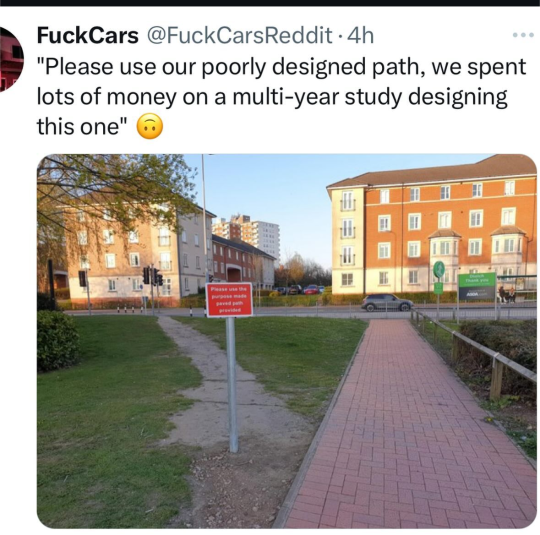
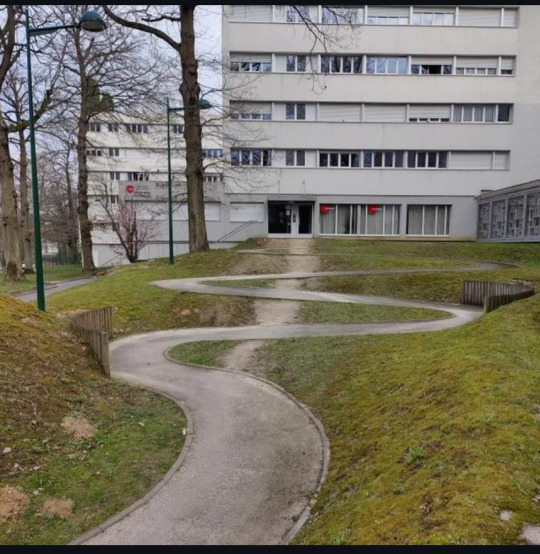
60 notes
·
View notes
Text
I've been thinking about urbanism and about how some people (I'm particularly thinking folks like “the vocal minority of business owners that go absolutely apeshit any time there's a proposal to remove some space from cars in favour of a bike lane, a tram line, a pedestrianised area, etc”) don't seem to really consider anyone outside a car to be a person.
*a city plans to remove some parking spaces to make room for a protected bike lane*
“But how is anyone supposed to get here?!”
*looks at bustling street filled with pedestrians, cyclists, and people riding a tram*
Like, it genuinely doesn't seem to occur to some people that all of those people moving around outside of cars are people. That's how “anyone is supposed to get here”: by way of all of the non-car options, especially those that are actively made safer and easier by the removal or limiting of space for cars. And I don't know what's going on here - whether it's something like classism (only those wealthy enough to drive everywhere matter as people) or simply that car dependency is perhaps so entrenched and unquestioned for some folk that it genuinely doesn't occur to them that getting to a place without a car is (or at least should be) an entirely valid and possible thing to do. It's probably a bit of both. But my god does it drive me nuts when people respond to a new proposal that will dramatically increase the capacity and footfall of an urban space by shifting from emphasising cars to emphasising walking, cycling and public transport with “but how will anyone get here?!”
#and don't even get me started on transport planning that's all about “how many cars can we fit down this road”#rather than “how many PEOPLE can we fit down this road”#urbanism#urban design#urban planning#city planning#infrastructure#transportation#public transport#public transit#pedestrian safety#bike lanes#fuck cars
59 notes
·
View notes
Text
just like with machine learning, we can and should demystify “the cloud” without demonizing it in the process. cloud computing and cloud storage architecture are extremely useful tools; it’s how they get deployed by big tech companies that can be a problem.
#ray.txt#i’m making this one unrebloggable because i do not have the bandwidth (lol) for managing this conversation with strangers#tl:dr i’m not a programmer and i’m not in enterprise architecture anymore#but like… we need cloud computing and cloud storage now#we would have to re-engineer and re-design a lot of our infrastructure to achieve that#idk i am just leery of seeing cloud storage and cloud computing getting lumped in with generative AI in the cultural discourse#okay i’m going back to bed now
30 notes
·
View notes
Text

Christopher St PATH station, Manhattan, New York,
Courtesy: Scott Rodgerson
#art#surreal#design#photography#funny#funnyshit#funny pictures#funny shit#path#station#new york#manhattan#subway#matrix#scott rodgerson#christopher st path#piping#pipeline#infrastructure
10 notes
·
View notes
Note
Question! Have you ever thought of having Brailled signs and a little speaker that’s clearly heard on street signs for blind/low vision people who want to know what street they’re on? Like the audio for people who can’t read braille and the braille for the deaf/hard of hearing blind/low vision who can’t hear the audio but can read braille.
So despite how garbage my city is, we actually have this at our crosswalks (as long as they've been updated since 2008) they use bird chirping sounds for when it's good to cross with different birds for different directions (one sound is always north/south a different for east/west kinda thing) and the buttons to get the lights changed actually have braille on them as well as the curb having these little buttons like bumps on the spot where the curb ends.
So this is a very feasible strategy for urban infrastructure to incorporate!
11 notes
·
View notes
Text


Istanbul
#istanbul#turkey#interior design#infrastructure#library#cafe#dark aesthetic#germany#art#photography#youtuber#bulgarian#photo dump#dark fantasy#gothic#spooky#dark academia#eerie#night life#glow#flowers#home decor#interiors#booktok#bookblr#agatha christie
25 notes
·
View notes
Text

13 notes
·
View notes
